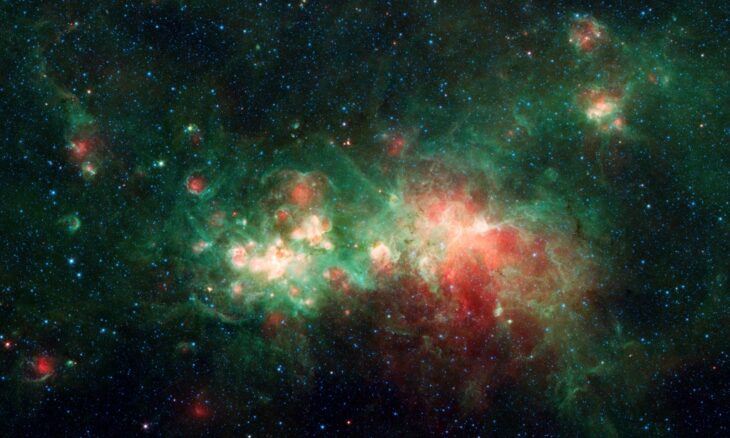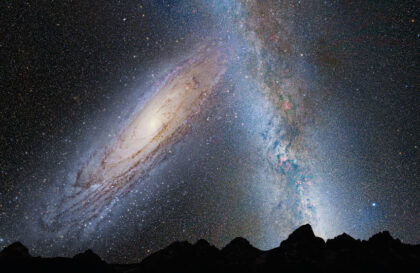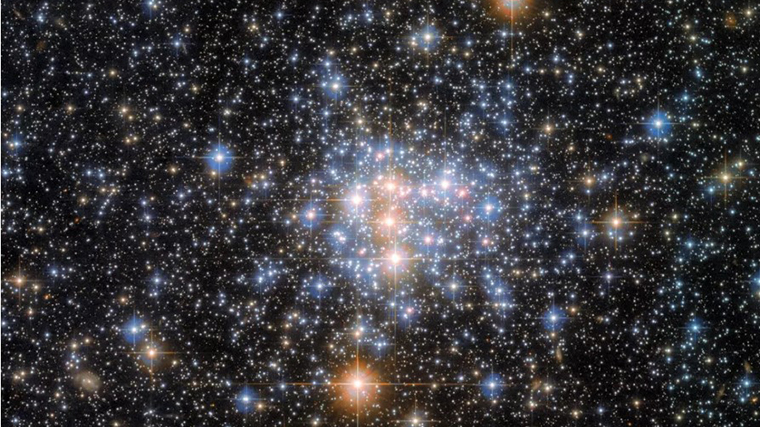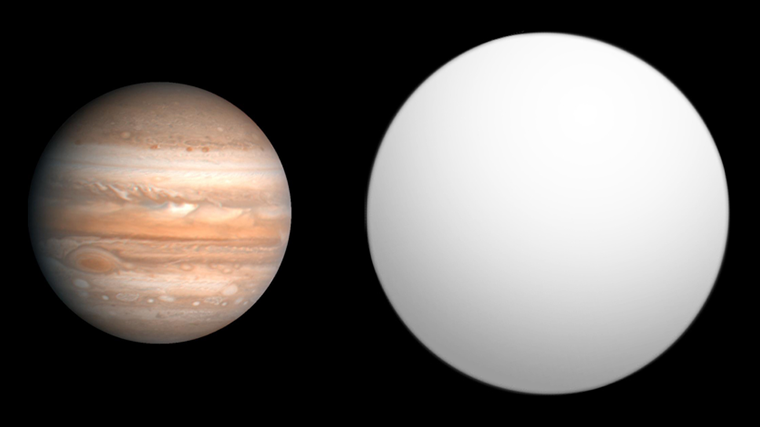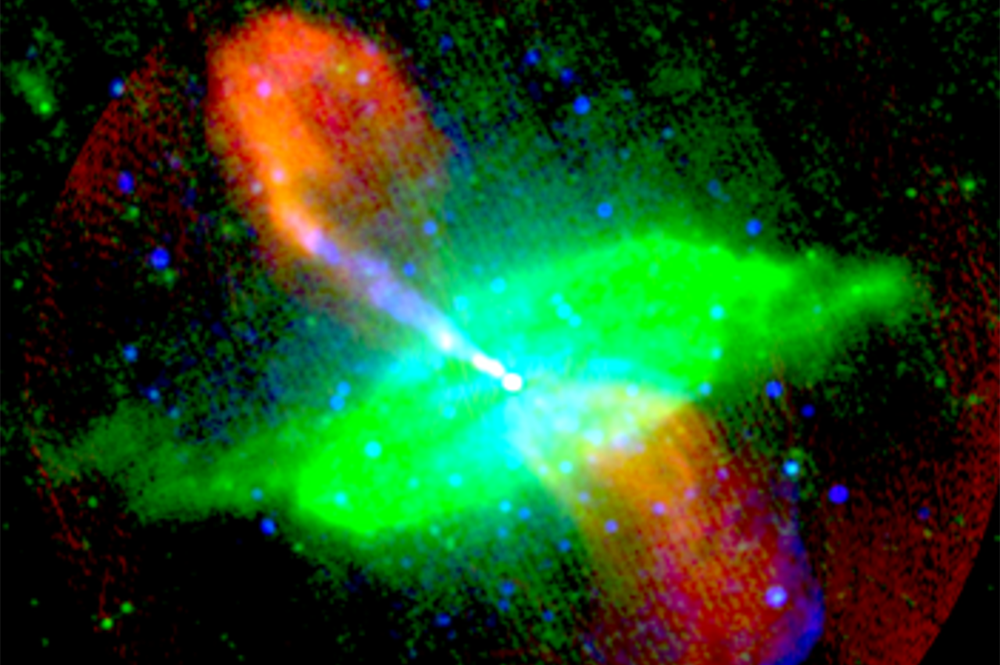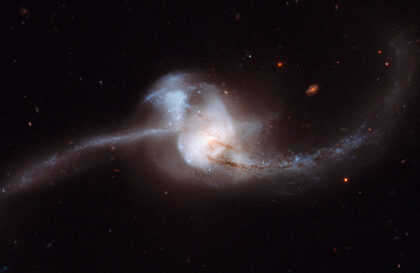The nebula W51, one of the most active star-forming sites in the Milky Way, was first spotted in 1958 using radio telescopes. This astronomical object, depicted by NASA’s Spitzer space telescope, is located 17,000 light-years away in the constellation of Aquila and spans a space of 350 light years or 2 quadrillion miles. The nebula is difficult to detect in visible light due to interstellar dust, but it shines brightly in the radio and infrared ranges, giving off radiation equivalent to 20 million suns.
This cloud of gas and dust occupies a spot the size of the Moon in the sky. The Orion Nebula, a favorite spot for astronomers, occupies a similar spot in the sky, but W51 is further away and 75 times brighter, containing more than 30 massive O-type stars. Orion has only four such stars.
While the old red part of W51 is being destroyed by winds from massive stars, the young part (on the left of the image) is just beginning to form stars, creating bubbles around it. Such a star factory can operate millions of liters.
O-type stars are rare but bright. Four O-type stars out of the 90 brightest stars in the sky are visible from Earth. Because of their large mass, they quickly go supernova, turning into black holes or neutron stars.
Image Credit: NASA/JPL-Caltech
This graphic shows the relative size of the Sun, upper left, compared to the two stars in the binary system known as Wolf-Rayet 140, or WR 140. The O-type star is roughly 30 times the mass of the Sun, while its companion is about 10 times the mass of the Sun.
NASA’s Spitzer Space Telescope was launched on August 25, 2003 and retired on January 30, 2020.
Banner image: NASA/JPL-Caltech/GLIMPSE & MIPSGAL Teams
Image credit:
https://www.spitzer.caltech.edu
https://photojournal.jpl.nasa.gov
